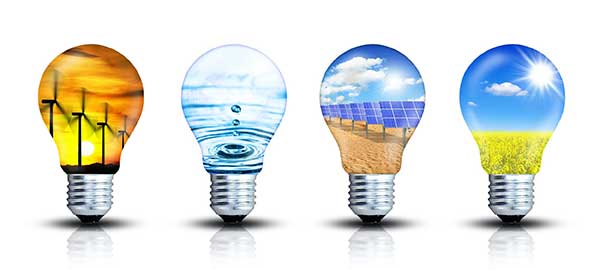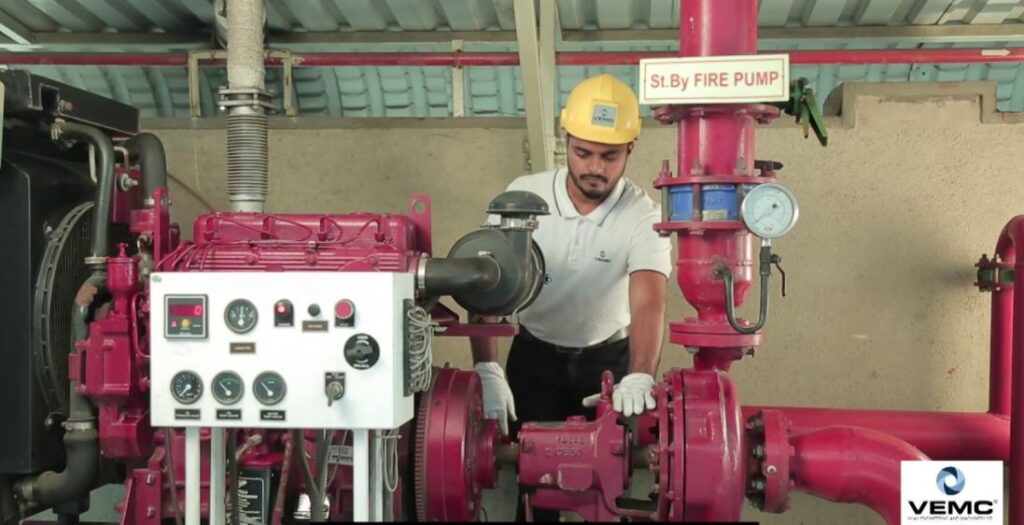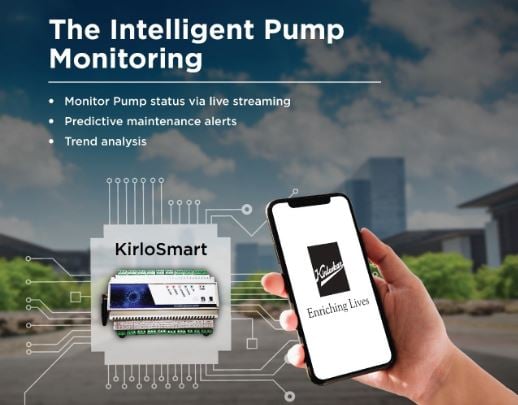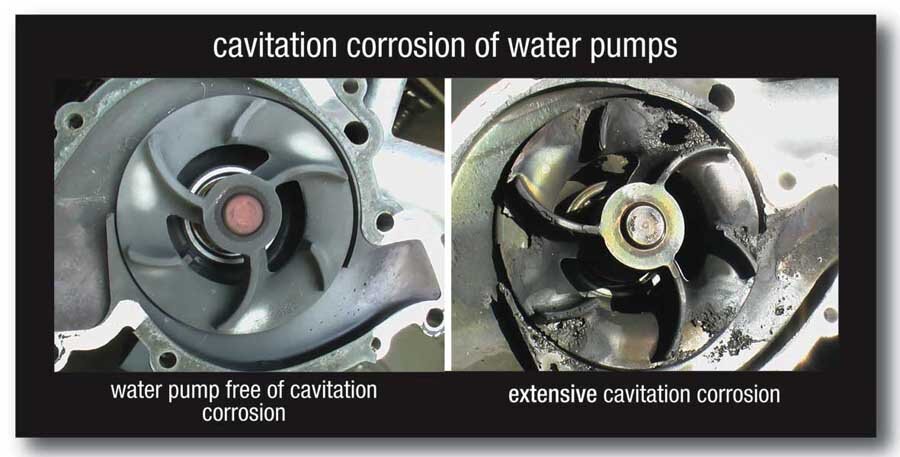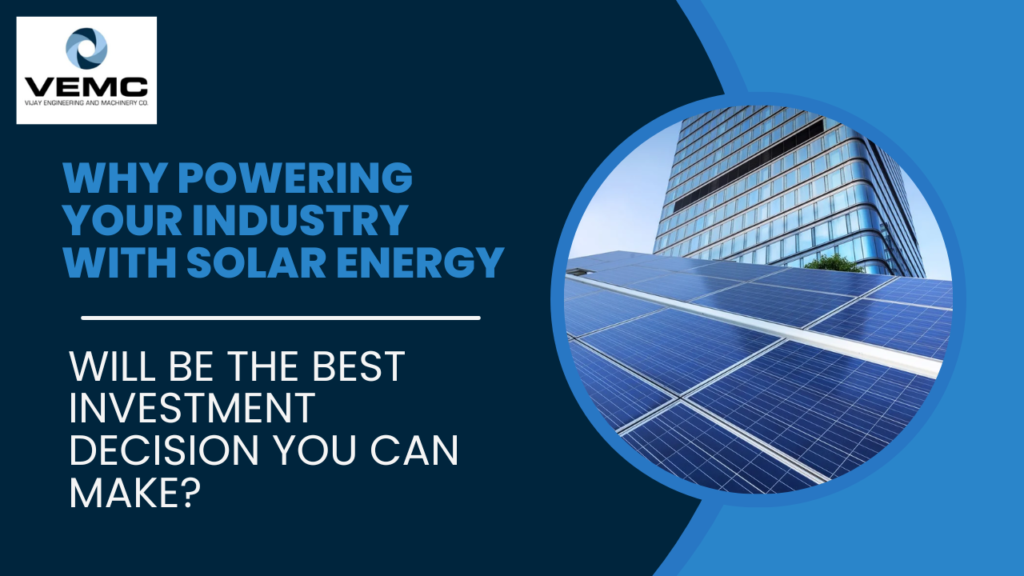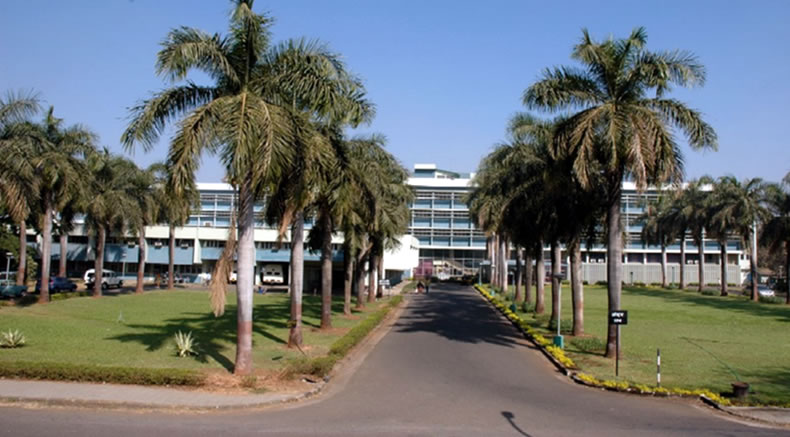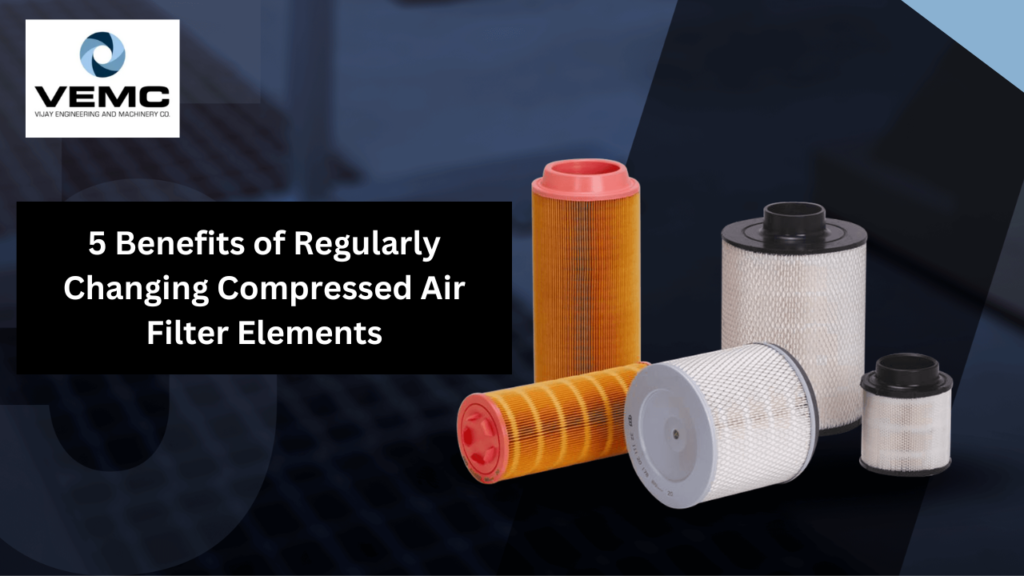A lot misperceptions continue to prevail around the functioning of air compressor systems. Whether it is about their safety or the tasks that can or cannot be accomplished with them, myths around their use galore!
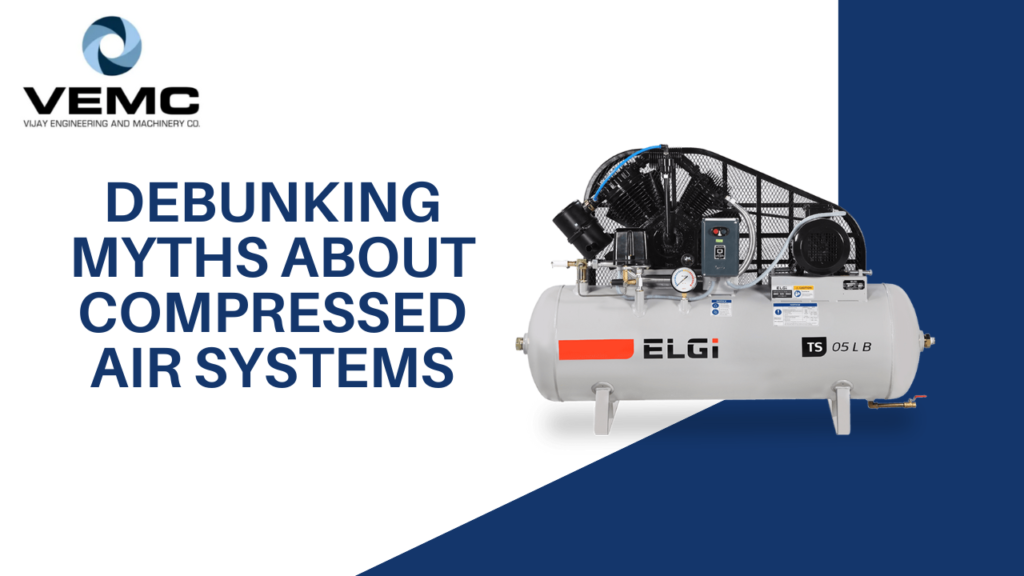
In this blog we debunk 7 of these major myths.
Myth #1: Compressed air can be used for cleaning dust and dirt from work spaces.
There is a fundamental difference between your domestic vacuum cleaner and an air compressor. The former sucks in air while the latter pushes compressed air with great pressure and speed. Quite clearly therefore, using compressed air for cleaning an office space will only result in dispersing the dust or waste particles wider across the floor, rather than being sucked in and vanishing into the compressor system.
A pneumatic tool operated using air compressors could in fact accelerate the debris particles and shoot them into people’s eyes causing severe injuries. Besides the particles could also land in vents, outlets and machinery causing blockage or damage.
Myth #2: To make the best of part–load performance, the most optimal solution is a variable–speed drive.
While it may make for a great sales pitch, air compressors cannot really be adjusted to suit different operations simply by changing their speed.Variable-speed air compressors are not really helpful across a wide range of applications.
Myth #3: Oil carryover is accelerated in variable speed drives.
In reality, speed drive has no impact on the rate of oil carryover. It is only aided by two factors, that is, heat and low pressure. In fact, lowering the air flow makes things more efficient by reducing the speed in the separator.
Myth #4: Flow controllers are unnecessary on air compressors with variable–speed drives.
Flow controllers enable most systems to offer their best possible performance simply by providing greater stability and pressure consistency. Flow controllers can even be beneficial in systems with VSD’s as they can help optimise their performance.
Myth #5: Synthetic air compressor fluids are all identical.
None of the synthetic air compressors are made of a hydrocarbon base. However, that’s where their commonality ends. These fluids otherwise vary drastically in terms of how they impact the performance of the compressors. Air compressor fluids are usually made of the PAO and PAG base stocks and each could have a unique effect on an air compressor system.
Myth #6: Aftermarket replacement parts are just as good as original parts sold by the manufacturer.
Original manufacturers design replacement parts keeping in mind the nuances of design and performance of your system. On the other hand, buying generic parts from an aftermarket manufacturer could impact efficiency, longevity and safety of the system. It is highly recommended to buy replacement parts from the original manufacturer only.
Myth #7: Compressed air is generally impure.
As opposed to common perception, compressed air is highly clean. In case there are any impurities, these exist due to poor maintenance, dirt in the ambient air or dirty system tubes and tanks.
VEMC is an ISO 9001:2015 certified company with more than 72 years of industry experience. We provide best-in-class solutions and customized support and are the authorised dealers of Elgi air compressors. Contact us at +919819907445 and allow us to help you determine the right air compressor for your needs.


